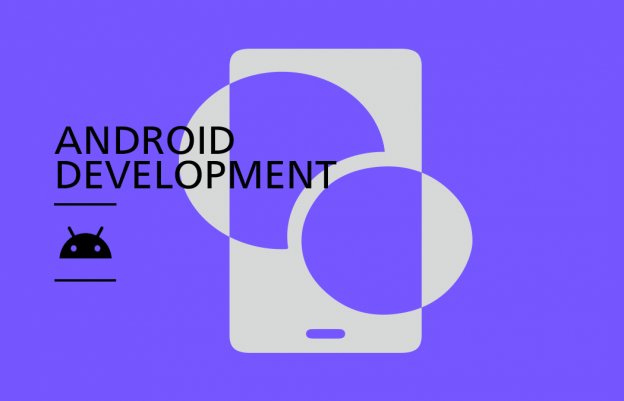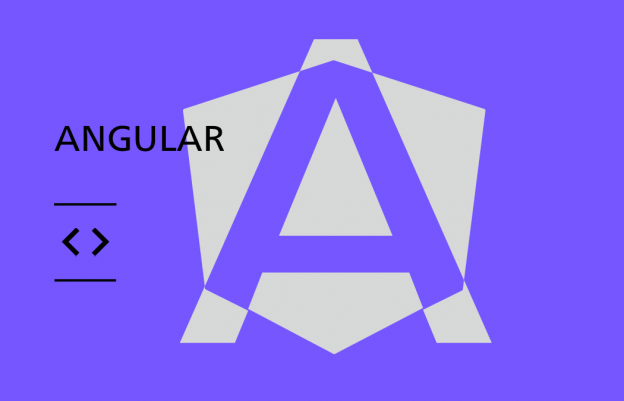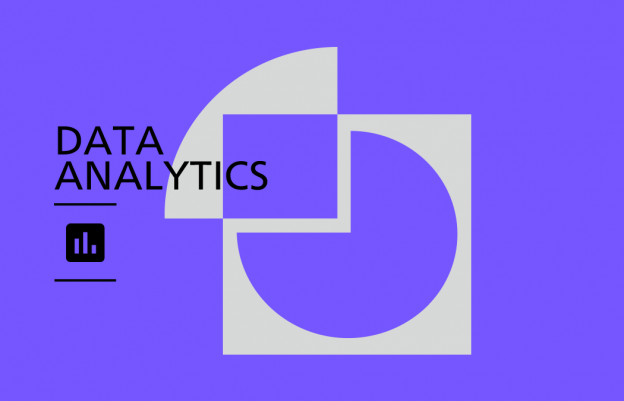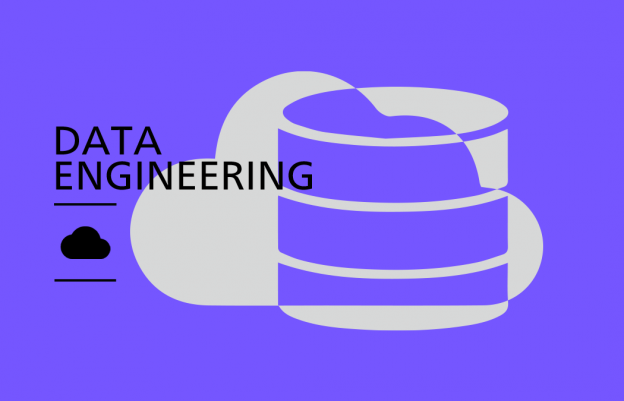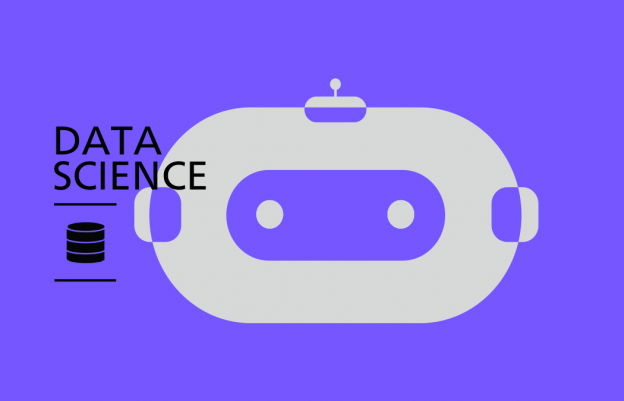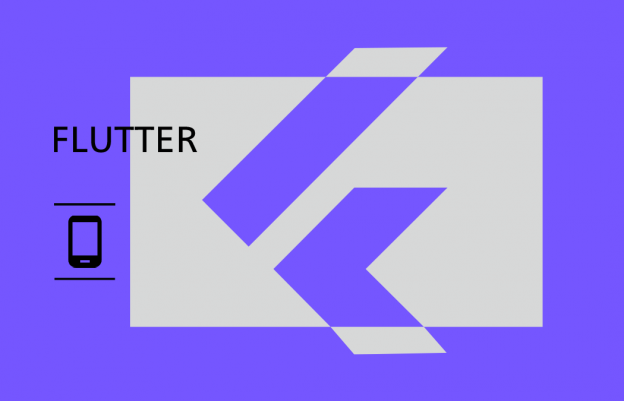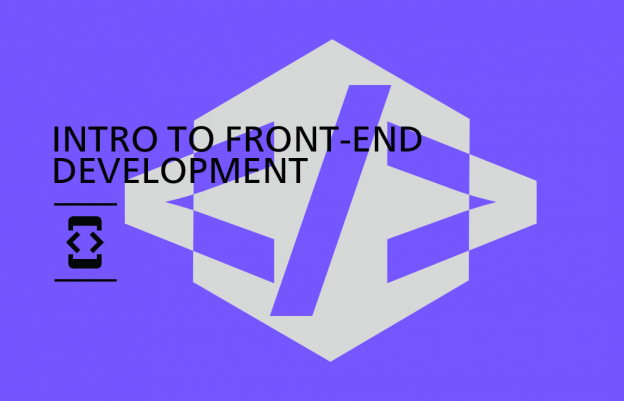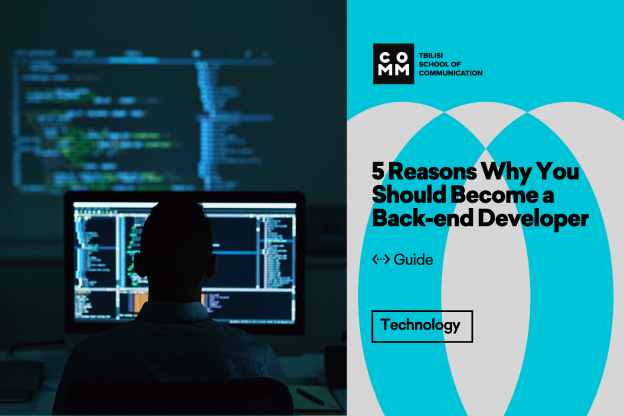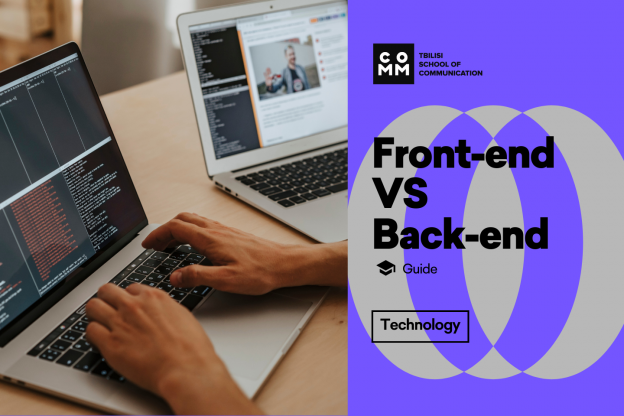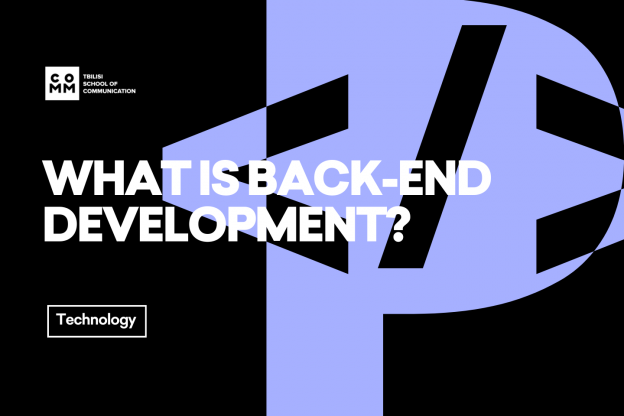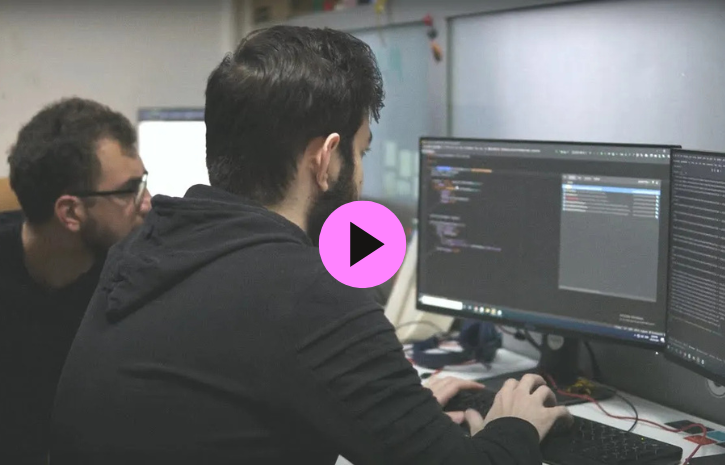
In the modern world, no digital product or service is considered complete without a mobile application. Approximately 86% of mobile users worldwide use Android, making it the most popular direction in mobile development.
Mobile applications are a type of software, so the initial stage of the course focuses on learning programming languages and approaches. After this, we move on to Android-specific frameworks, tools, and the application creation process.
Outcome
Skills Acquired: OOP Kotlin, Android Studio, UI
-
Independently create small and medium-sized applications
-
Write independently in Java and Kotlin programming languages
-
Create programming paradigms
-
Develop design patterns
-
Develop design patterns UI
-
Develop design patterns
-
Independently develop your knowledge
Mon-Thur 20:00-23:00
Mon-Thur 20:00-23:00
 TBC installment
TBC installment
 BOG installment
BOG installment
Who is this course for?

Experienced Programmers
This course is designed for programmers who already have work experience in object-oriented programming languages (Java, C++, C#, Javascript) and want to deepen their knowledge in mobile or web development.

For Those Familiar with OOP Concepts
The course is suitable for individuals who understand the basic concepts of object-oriented programming (OOP) such as classes, objects, methods, inheritance, and abstraction, and wish to apply this knowledge in practice.

Mobile/Web Framework Users
This course is tailored for specialists who have experience working with development frameworks such as Android, iOS, React Native, Xamarin, and others, and want to expand their skills in the programming field.
Program includes
Alumni Club
After successfully completing the final exam, graduates will be automatically enrolled in the Alumni Club. This membership grants them access to exclusive events, content, and special offers from our partner companies
Work Based Learning
The course includes practice-based learning, including assignments/exercises and individual projects.
Bilingual Certification
Upon successful completion of the course, students will receive a bilingual certificate.
Graduate feedback
Syllabus
Pick your suitable time
Lecturers
Levan Kakabadze
Levan Kakabadze
Levan has nearly 15 years of programming experience. After graduating from the University of Innsbruck with a Master's degree in Astroparticle Physics, he decided to apply the programming experience he gained from creating scientific models to Android development. Over the past few years, he has worked on more than 10 applications that are in active use. Currently, he holds the position of Senior Android Developer at EPAM.

Bacho Kurtanidze
Bacho Kurtanidze
Bacho has been actively working in the programming field for 5 years, and for the last two years, he worked as a Senior Android Developer at Wandio. Currently, he holds the position of Android Developer at EPAM. He has worked on applications for numerous leading companies, including the development of TBC PAY's mobile banking app.

FAQs for this course
Your search Digital Designer did not match any documents
Unable to locate relevant information?
Get Free consultationYou may interest
Relevant Resources
Show More5 Reasons Why You Should Become a Back-end Developer
Maybe you're thinking and thinking, and you're finding it hard to decide if you want to learn Web Development? Or you've already had some contact with it, but you're still not sure if you want to deepen this knowledge? Let me tell you about one of our courses while you're hesitating, maybe I can help you make a decision. Web development is becoming more and more important and in demand. Back-End, also known as Server Side development, is an integral part of Web development... Arthur Zakharyan, Lecturer The Introduction to Programming course covers learning Back-End from scratch, along with aspects such as Computer Science basics, databases, necessary tools, and more I also want you to know that the share of vacancies announced for Back-End developer positions in Georgia is 66% and their average monthly salary is 3500 GEL. The profession is also flexible, you can work remotely on various freelance projects and gain experience with the help of the largest platforms such as: Toptal, Upwork, Freelancer, and others. I also want you to know that the share of vacancies announced for Back-End developer positions in Georgia is 66% and their average monthly salary is 3500 GEL. The profession is also flexible, you can work remotely on various freelance projects and gain experience with the help of the largest platforms such as: Toptal, Upwork, Freelancer, and others. To return to the course, you'll go through the program based on C#. A little about C#: C# is the N2 top programming language according to Stack Overflow's survey, which Software developers use most often in Back End. According to the same survey, C# developers are also among the highest-paid professionals in the world. With C#, specifically with the help of the .NET platform, many Enterprise-level applications are created today. Microsoft stands behind .NET. Such well-known products as Stack Overflow, UPS website, and others are created on them. The course is led by Arthur Zakharyan, who has 4 years of experience in WEB Development and holds the position of .Net developer at DataArt. He has also collaborated with TBC Pay and Credo Bank. During the course, I will share with students the knowledge I have accumulated, both in theory and practice. We will get acquainted with the basics of programming, design patterns, and also different types of programming paradigms. During the program, we will also have contact with databases. More specifically, after completing the course, you will be able to: Apply computer science theory in practice Apply Software Development basics in practice Use C# programming language independently and work with databases independently Use Git, which is an integral part of development today Create small/medium sized applications independently on .Net 5 Use Microsoft Visual Studio and Microsoft Visual Studio Code Create and work with WEB API Choose the best approaches and standards when developing an application Don't forget, you'll be able to do all this when you enroll in the course, and you don't need any prior knowledge for this, you start everything from scratch. The only thing you'll need is just diligence, dedication, curiosity, and a lot, a lot of patience. Mastering the rest of the Hard skills, such as algorithms and data structures, programming basics, is only a result of time, practice, and a lot of exercise. After successfully completing the course, a bilingual certificate and support in career development is on us. I remind you that Commschool has an Alumni Club, in which you will automatically enroll upon successful completion of the course. The club ensures to promote your future career development, helps you receive exclusive job opportunities and internships in partner companies. So, what do you think? I'll also tell you that Introduction to Programming has one interesting condition: The N1 graduate gets their tuition fee fully refunded! If you're interested in Back End Development and want to develop in this direction, follow this link https://youtu.be/7fsXgyIlwKU Join Us
Front-end vs Back-end - A Guide to Web Development
When you search for something on Google, you get several choices as a result. With each click, these results change appearance according to our wishes, and we receive a beautiful, functionally sound feedback. We know these results as websites, and their creation is known as Web development. The term web development sounds familiar because it is one of the most trendy skills you can acquire in the IT field.Web development is one of the most important parts of IT because it creates a bridge between the user and the provider. Moreover, through functionality, it helps us automate complex tasks. Front-end and Back-end are integral parts of web development. What are these parts? How do they differ from each other? How much does the functioning of a website depend on them? Does one of them stand higher than the other? If you're interested in the answers to these questions, you've come to the right place, because in this blog you'll learn about the importance and functions of Front-end and Back-end. What is Front-end? As the name suggests, Front-end is what the user sees, connects with, and experiences. It mainly includes those parts of websites and applications that are visible to the user. The person who works on this is known as a Front-end Developer. The job of a Front-end developer is to create designs using user interface and experience. The primary skills of a Front-end developer include knowledge of HTML, CSS, JavaScript, as well as frameworks such as Angular JS, Node.js, etc. Along with this, experience in version control systems such as GIT and GITHUB is important. A Front-end developer is an integral part of web development because they ensure the creation of the necessary structure for the work to be performed. What is Back-end? Back-end development resembles the backstage of a movie or show. Actions performed by the user are analyzed and sent back through codes written by the back-end. The person who develops this is known as a Back-end Developer. The main work of a Back-end Developer involves connecting all aspects to databases and the Front-end. The primary skills of a Back-end Developer include knowledge of languages such as C#, Python, Java, Ruby, etc. Back-end is very important because it gives purpose and functionality to the beauty of an application or website. Characteristics of Front-end Along with a wide range of functions, Front-end has many characteristics: Client-side rendering: It allows developers to render the entire website on the user's browser using JavaScript. Server-side rendering: It makes it possible to visualize sites directly in users' browsers based on changes requested by the users themselves. Optimization: Refined adjustment of HTML, CSS, and JavaScript ensures fast loading of sites for users. Characteristics of Back-end Like Front-end, Back-end is also equipped with many functions that are useful for developers: Databases: Stores data needed for the user. Website architecture: It involves understanding the goals needed to create an application. Scripting: Involves correct formatting of the construction. API: Application Programming Interface or API are tools that involve communication between technologies and provision of necessary data. Front-end Development Languages HTML: Hypertext Markup Language or known as HTML, is a markup language used in building web pages. The language contains elements that provide the basic layout of the website. Along with giving structure to websites, it also displays images or visuals. Its advantages are: ease of use, support for multiple browsers, and combination with other languages. Its disadvantages are: static nature, security, and huge pile of codes.CSS: Cascading Style Sheets or CSS resembles the interior design of a website. CSS is simple because the language more or less includes basic English. Its advantages include multiple browser support, simplicity, and speed. Its disadvantages include cross-browser bugs and it's also tiring for beginners.JavaScript: JavaScript is the most important and popular language of Front-end development. It provides flexibility and responsiveness to the website. Advantages include: simple nature, speed, and additional or extended functionality such as creating dialog boxes, forms, pop-up windows, etc. Disadvantages are: difficulty in debugging and browser support. However, JavaScript is also used in the back-end.Elm: Elm is a simple language used to create fast and continuous websites.SASS: SASS is another scripting language like CSS. SASS has unique features that give users a seamless experience. Advantages include: reusability and clear codes. Disadvantages include: finding problems and solving them.jQuery: jQuery is a JavaScript library that enhances HTML event handling and animations. It's very concise and reduces the number of lines of written code. Front-end Frameworks Vue.js: This is a framework built around JavaScript and is used to create compact web applications.AngularJS: It's a web framework built around JavaScript. It provides features for HTML templates and increases performance.React: This is a popular JavaScript framework that enhances user interface components and provides a dynamic nature to web applications. Back-end Development Languages Python: Python is a widely used back-end development language. Its advantages are: huge collection of libraries, easy-to-read codes, integrations, versatility, etc.PHP: This is another widely used language in back-end development. Its features include: security, platform compatibility, object-oriented programming features, and integration with databases.Java: This is widely used to create Android and desktop applications. Its features include: automatic memory allocation, portability, and one-time compilation.Ruby: Ruby is a general-purpose language that has features such as a large standard library, flexibility, scalability, etc. Back-end Frameworks Django: ეს არის მაღალი დონის ვებ ჩარჩო, რომელსაც გააჩნია ჩაშენებული დანამატები. ის საუკეთესოა ფართომასშტაბიანი, მონაცემზე ორიენტირებული, ინტერაქტიული ვებ აპლიკაციებისთვის. თუმცა, ის არ არის რეკომენდებული მცირე ზომის პროექტებისთვის.Flask: Flask არის მიკროჩარჩო, რომელიც დაფუძნებულია პითონის ენაზე. მას არ სჭირდება ბიბლიოთეკები ან ხელსაწყოები და, შესაბამისად, შესაფერისია მცირე პროექტებისთვის.Ruby on Rails: Ruby on Rails არის ვებ აპლიკაციის ჩარჩო, რომელიც დაწერილია Ruby ენაზე. იგი გამოიყენება მონაცემთა ცხრილის უნაკლო ფორმირებისა და მიგრაციის შემუშავებაში. მარტივი შედგენა და ტესტირება მისი დამატებითი უპირატესობაა.CakePHP: CakePHP არის პოპულარული ვებ ჩარჩო PHP-სთვის. იგი გამოიყენება როგორც მცირე, ისე დიდი აპლიკაციების შემუშავებაში, რადგან უფრო ადვილია კონფიგურაცია და უზრუნველყოფს სრულ უსაფრთხოებას. განსხვავება Front-end და Back-end Development-ს შორის Django: This is a high-level web framework that has built-in add-ons. It's best for large-scale, data-oriented, interactive web applications. However, it's not recommended for small-scale projects.Flask: Flask is a micro-framework based on the Python language. It doesn't need libraries or tools and, therefore, is suitable for small projects.Ruby on Rails: Ruby on Rails is a web application framework written in Ruby. It's used in developing flawless data table formation and migration. Simple compilation and testing is its additional advantage. CakePHP: CakePHP is a popular web framework for PHP. It's used in developing both small and large applications because it's easier to configure and provides complete security.Difference between Front-end and Back-end Development Front-end is the interactive part of a website or application. The graphical user interface (GUI) allows users to perform actions according to their wishes. Users can see and connect with the Front-end. Users cannot see the backstage of the website or application, i.e., the Back-end. It collects information from users, processes it, and ensures the functioning of the application.A Front-end developer works on layout, while a back-end developer's job is to achieve the functional stage.Front-end developers should have an idea about Back-end. Thus, its development is not just about beauty. Although back-end development mainly concerns logic, calculations, servers, APIs, and testing, collaboration and data exchange between front and back developers is very important. So, as you can see, web development is an interesting field in the technology sector. Front-end Development resembles the exterior of a house; paint, wall carvings, wall hangers, or everything a person can see and feel. Back-end resembles the electrical supply, building materials that you can't see, but are crucial for the house. These two things together give an application the best appearance and functionality. Learn About commschool Courses
Guide to Programming: Back-end Development
You probably know that software engineers always consider the front-end and back-end of their applications. But what does this specifically mean? If you're interested in the technical and visual differences between them, you've come to the right place, because in this blog you'll learn about web back-end architecture.Front-end is code that is executed for the client side. This code (usually HTML, CSS, and JavaScript) works in the user's browser and creates the user interface. Back-end is code that runs on the server, which receives requests from clients and contains the logic to send them relevant data. The back-end also contains a database that permanently stores all the application's data. This blog focuses on the hardware and software on the server side that makes all this possible. What types of clients exist in the BACK-END? Everything that sends requests to the back-end can be considered a client. They are often browsers that request HTML and JavaScript code, which they use for the end user to perceive the website. However, there are many different types of clients: it could be a mobile application, an application running on another server, or even a smart device connected to the web. What is the back-end? The back-end is all the technology needed to process an incoming request, generate a response, and send it to the client. This usually includes three main parts: Server. This is a computer that receives requests. Application. This is an application running on the server that listens to requests, retrieves information from the database, and sends a response. Database. Databases are used to organize and maintain data. What is a server? A server is simply a computer that listens for incoming requests. Although there are machines created and optimized for this specific purpose, any computer connected to a network can act as a server. In fact, you often use your own computer as a server when developing applications. What are the main functions of an application? The server runs an application that contains logic on how to respond to various requests based on HTTP and Uniform Resource Identifier (URI). The pair of HTTP and URI is called a route, and matching them based on the request is called routing.Some of the handler's functions will be middleware. In this context, middleware is any code that is executed by the server between receiving a request and sending a response. These middleware functions may modify the request object, query the database, or otherwise process the incoming request. Middleware functions typically end by passing control to the next function, not by sending a response. Eventually, a terminal function will be activated that completes the request-response cycle by sending an HTTP response to the client. What types of responses can the server send? The data that the server sends back can be of different types. For example, the server might use an HTML file, send data in JSON format, or might only send an HTTP status code. You've probably seen the status code "404 - Not Found"; which appears when you try to navigate to a URI that doesn't exist. But there are many more status codes that indicate what happened when the server received the request. What is a database and why do we need to use them? Databases are typically used for the back-end of web applications. These databases provide an interface to permanently store data in memory. Storing data in a database reduces the load on the server's CPU main memory and allows data recovery in case of server crash or power loss. What is a Web API? An API is a collection of clearly defined methods of communication between different software components. More specifically, it's an interface created by the back-end. A web API is defined by the types of requests it can handle. This includes the defined routes and the types of responses that clients receive. Other principles of the BACK-END request-response cycle: The server typically can't give responses without a request; Every request needs a response, even if it's just a 404 status code indicating that the content couldn't be found; The server should not send more than one response per request. This will cause errors in the code; Request composition Ana is shopping on SuperCoolShop.com. She clicks on the picture of her smartphone case and a GET offer is sent to the following link: http://www.SuperCoolShop.com/products/66432. Where GET describes the type of request. The URI (Uniform Resource Identifier) /products/66432 indicates that the client is looking for additional information about the product and this product has ID 66432.Ana's request goes across the internet to one of SuperCoolShop's servers. This is one of the slowest steps in the whole process because the request can't go faster than the speed of light. For this reason, large websites that have users all over the world have many different servers and direct the user's request to the closest server.The server, which is actively listening to all user requests, receives Ana's request.Event "listeners" that receive this request (HTTP verb: GET and URI: /products/66432) are activated. The code that runs on the server between the request and response is called middleware.While processing the request, the server code activates a database request to get more information about the specific product. The database contains all other information Ana wants to know about this smartphone case: product name, product price, several reviews.The database request is executed and the database sends the requested data to the server. It's worth noting that database requests are one of the slowest steps in this process. Reading and writing from static memory is quite slow and also, the database might be on a different device than the original server.The server receives the necessary data from the database and is now ready to build and send a response to the client. This part of the response has all the information the browser needs to show Ana more details about the phone case. The response header contains HTTP status code 200, which indicates that the request was successful.The response spreads across the internet, to Ana's computer. Ana's browser receives the response and uses this information to create the view that the client finally sees.https://www.youtube.com/watch?v=7fsXgyIlwKUSo, if after reading this blog you're convinced that Back-end Development is an interesting and necessary field, start learning from scratch, join us on the Introduction to Programming course! Join Us
 Intermediate
Intermediate  Live-online
Live-online
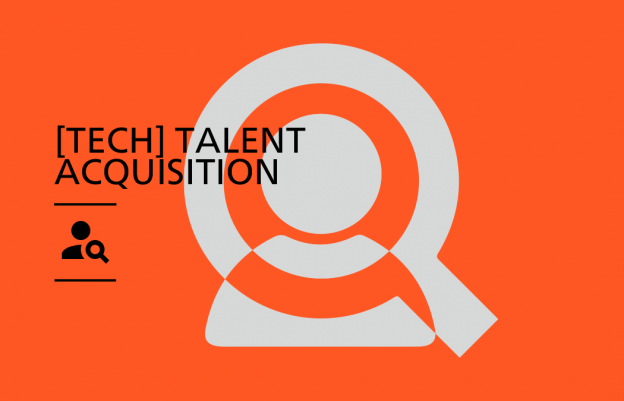
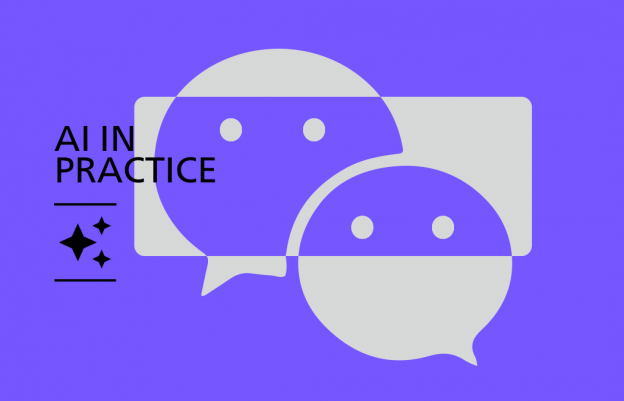
 Beginner
Beginner 